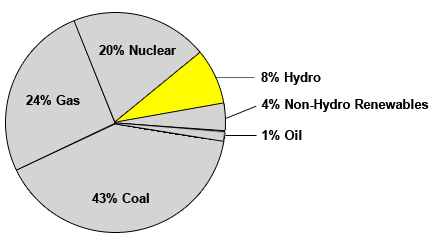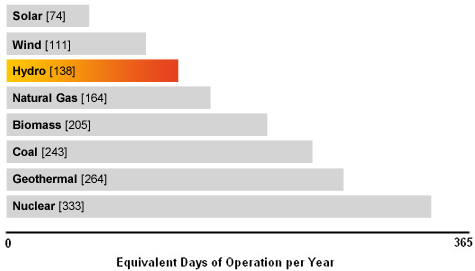Hydropower is the renewable energy source that produces the most electricity around the world. It relies on the movement of water, with the amount of energy available determined by the flow or fall of the water. In most hydropower plants, the water flows through a pipe and to a turbine where it turns blades to spin a generator and produce electricity.
Hydropower benefits from an ample resource and the lack of emissions and waste products. Other environmental impacts, however, such as impacts on aquatic species and impacts on the environment, must be considered as well. Hydropower can be generated when enough water is available, but this can be limited by seasonal flows based on rainfall and winter snowpack.
Newer hydropower technologies, such as wave and tidal power, are in development that may expand hydropower’s role as a renewable energy resource. A handful of such systems have been built, but further development is needed to enhance reliability and reduce costs.
Where Does Electricity Come From?

What Plants are Used the Most?
